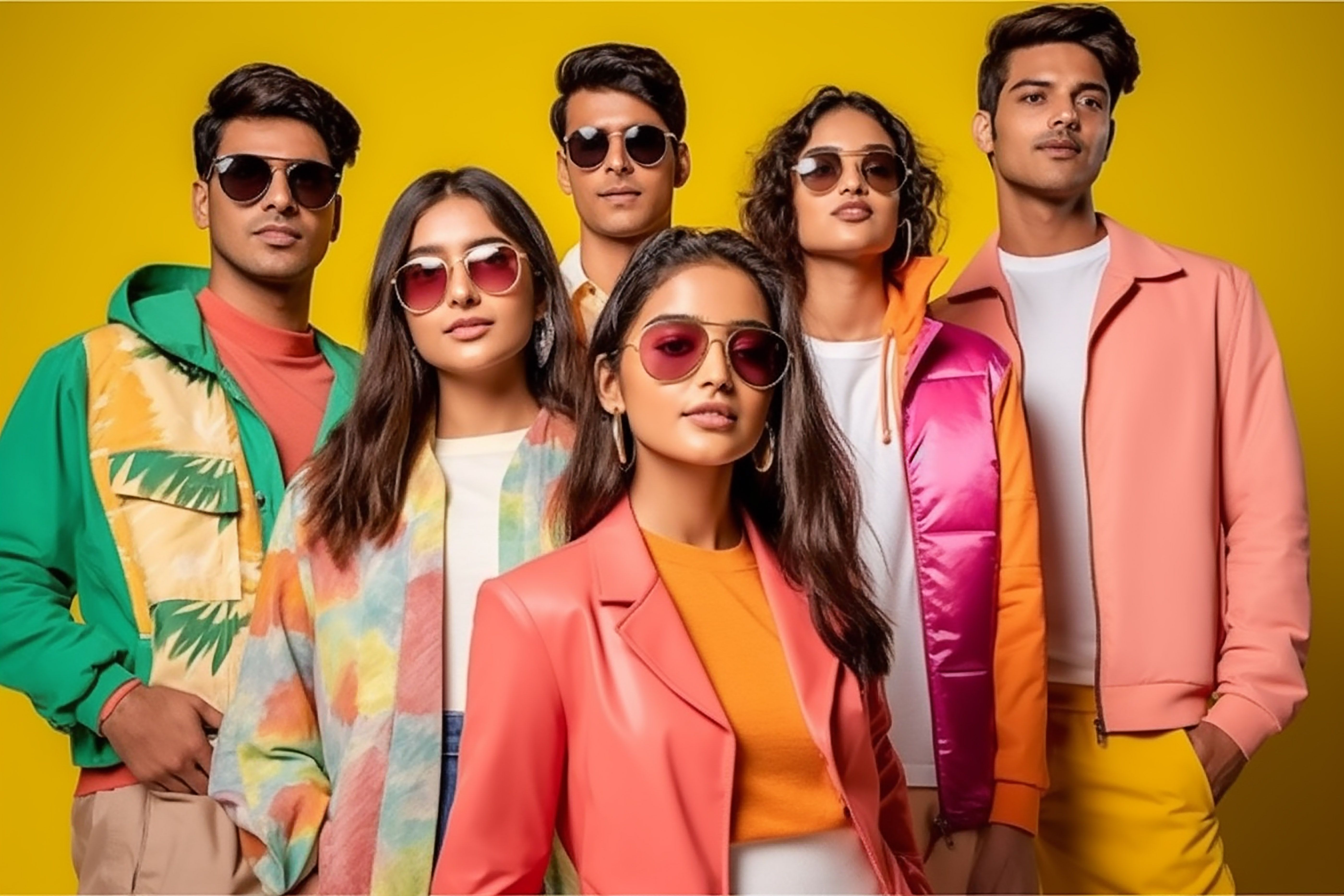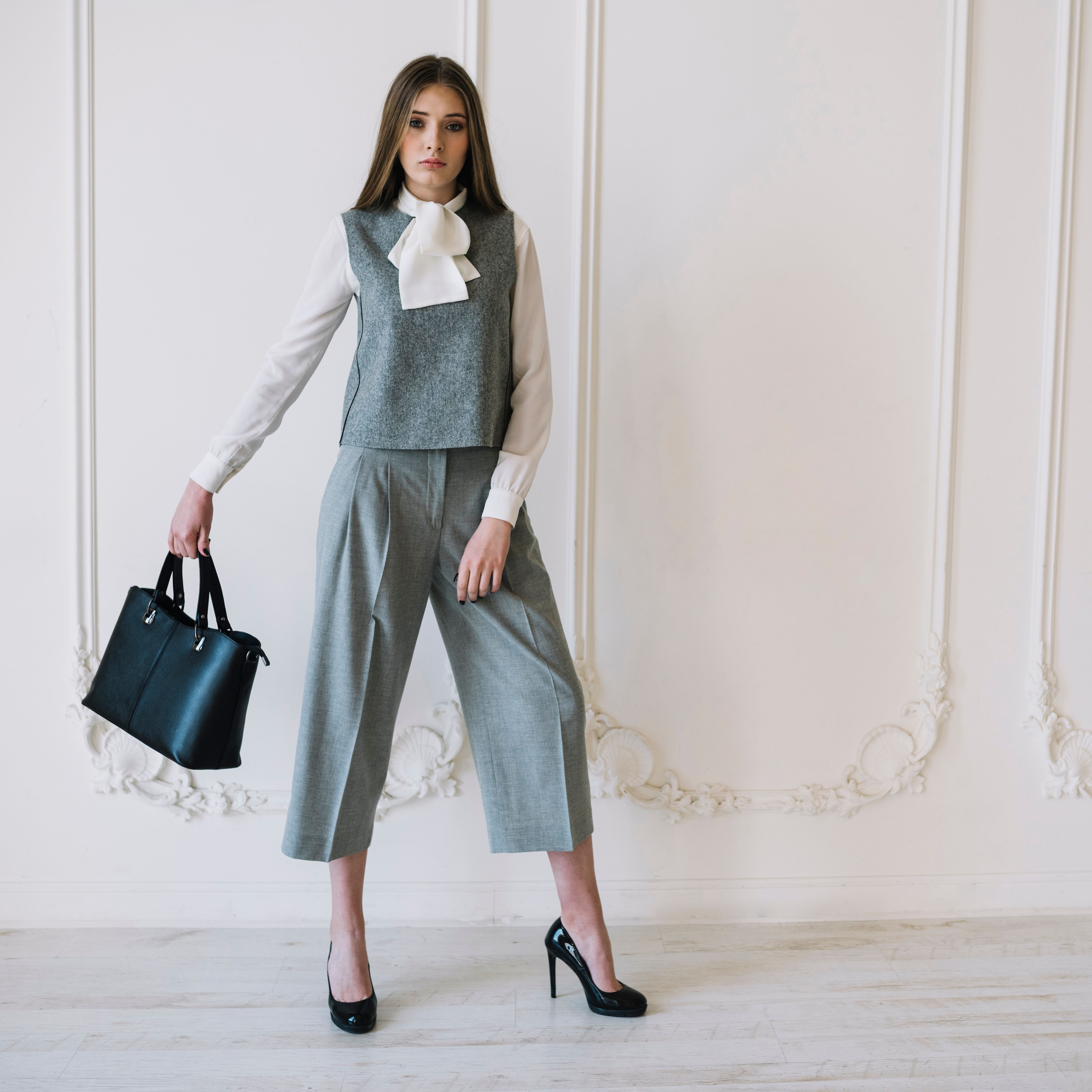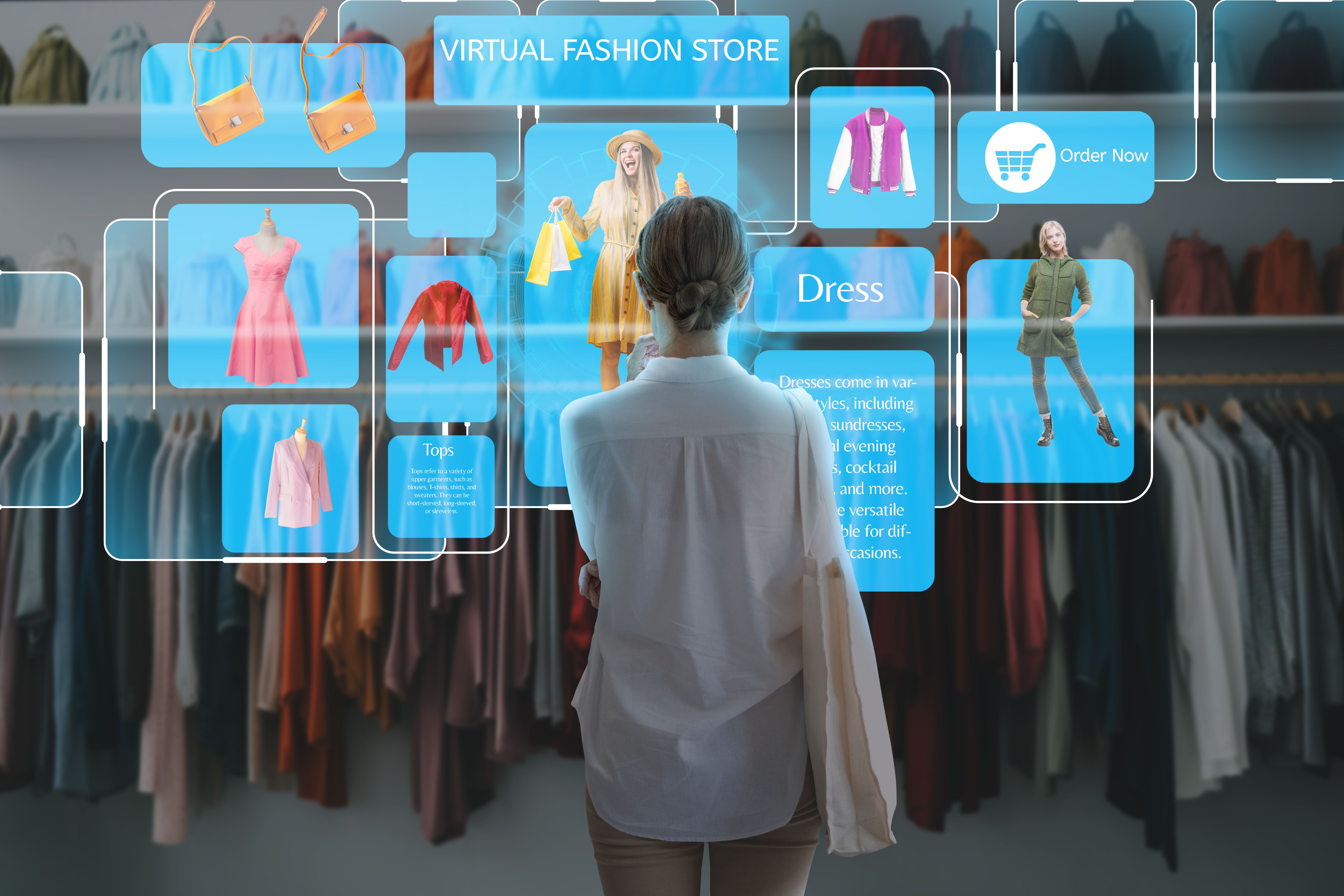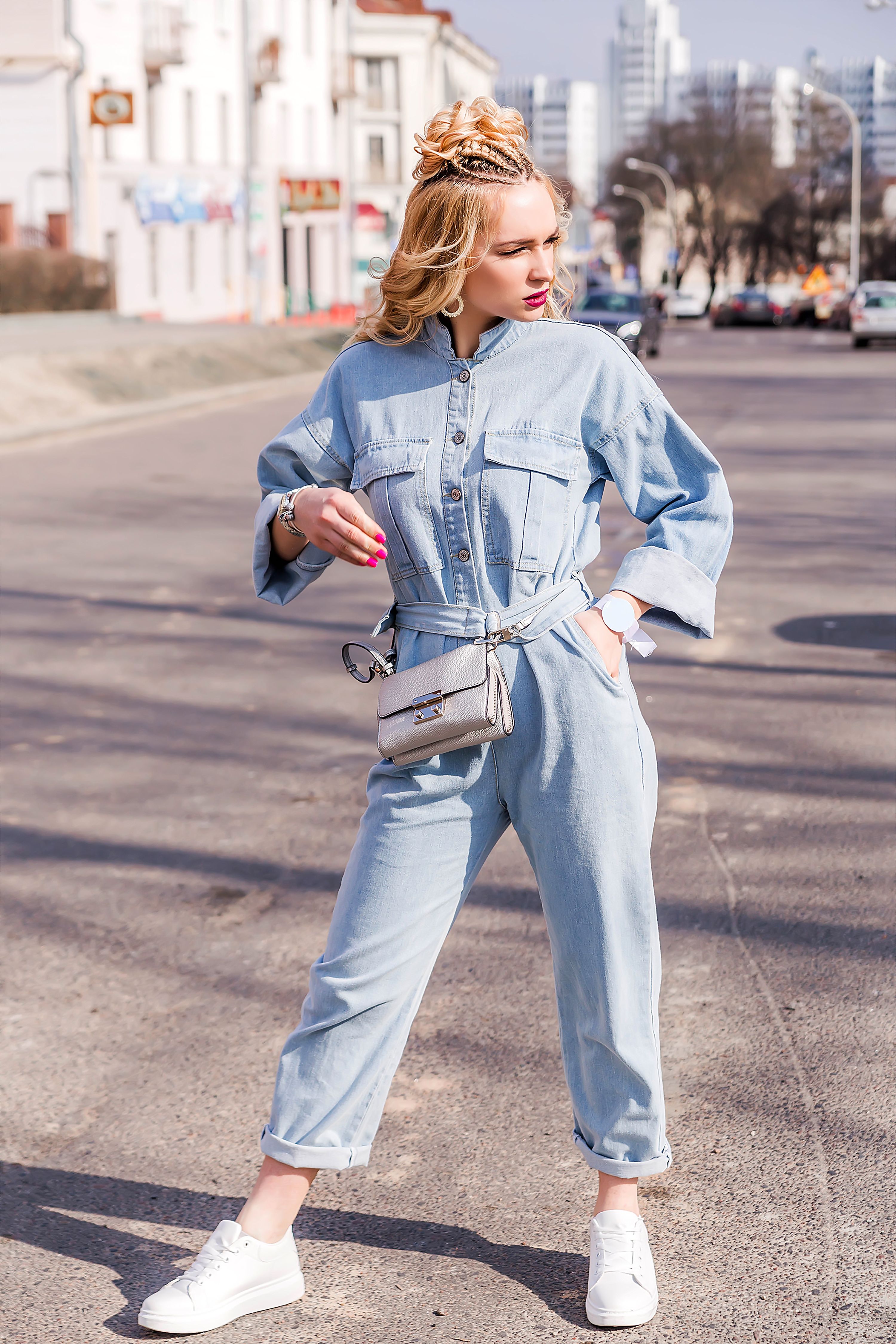How Fashion Inspiration Evolves Through Social Media
Decoding Gen Z Aesthetic Outfits in 2025


TL;DR
Gen Z aesthetic outfits are all about sustainability, nostalgia, and unapologetic individuality. From Y2K revivals to oversized layers, eclectic maximalism, and gender-fluid looks, their style reflects values as much as visuals. More than 60% of Gen Z are willing to pay extra for eco-friendly fashion, they discover brands on YouTube and Instagram, and prioritize individuality over loyalty.
Fashion has always mirrored culture, but with Gen Z, aesthetic outfits feel less like a passing trend and more like a revolution. Clothes aren’t just something they wear—they’re storytelling tools, woven with personal values and digital culture.
Their wardrobes combine thrifted treasures, nostalgic nods, gender-fluid designs, and experimental layering. Unlike millennials, who leaned into minimalism, Gen Z aesthetic outfits thrive on remix culture—pairing chaos with creativity.
As digital natives with enormous buying power, Gen Z is also redefining consumer behavior. They want sustainable choices, shop second-hand at record rates, and often discover brands through Instagram Reels or YouTube hauls instead of glossy fashion magazines.
The result? A fashion aesthetic that balances visuals with values—where every outfit is not just about style, but about identity, ethics, and individuality.
The Rise of Gen Z Aesthetic Outfits

Nostalgia as the New Modern
Where millennials chase sleek, Instagram-ready looks, Gen Z fashion trends reach back into the archives. Low-rise jeans, indie sleaze, grunge plaids, and Y2K butterfly tops have staged a full comeback. This nostalgic revival isn’t about mimicry—it’s about remix. Gen Z pairs thrifted Y2K camis with oversized blazers, or Doc Martens with cottage-core dresses.
Subculture-Driven Style
TikTok and Instagram Reels have accelerated micro-aesthetics:
- Soft girl – pastels, plaid skirts, dreamy makeup.
- Alt TikTok – punk, goth, e-girl eyeliner, and fishnets.
- Indie sleaze – gritty party looks from early 2000s Tumblr culture.
- Boom Boom maximalism – opulent fur trims, sequins, and bold blazers inspired by 1980s glamour.
These aesthetic outfits aren’t just fun; they’re identity signifiers. Every Gen Z subculture treats clothing as a badge of belonging.
Gen Z Aesthetic Outfits That Define the Era
Sustainability First
When we talk about Gen Z aesthetic outfits, sustainability isn’t a side note—it’s the foundation. A ThredUp report shows 66% of Gen Z are willing to pay more for sustainable products, and resale markets are growing 21× faster than traditional retail. This thrift-first mindset means vintage shops, Depop, and Poshmark have become treasure troves. For Gen Z, an outfit isn’t just aesthetic; it’s also eco-conscious and affordable, making every purchase feel like both a fashion and ethical win.
Digital Discovery Dominates
Forget glossy fashion magazines—fashion inspiration for Gen Z aesthetic outfits comes straight from TikTok scrolls, Instagram styling videos, and YouTube hauls. Research notes that 57% of Gen Z find new brands on YouTube, while 39% of Gen Z women have purchased items seen on TikTok. Fashion inspiration Gen Z doesn’t come from glossy magazines—it comes from 15-second videos and influencer fits.
Comfort Meets Cool
At the heart of Gen Z aesthetic outfits lies comfort. Baggy jeans, oversized sweatshirts, and chunky sneakers continue to reign supreme. Yet recent data shows nuance: slim jeans recently saw a 43% popularity increase, proving Gen Z isn’t married to one fit—they like coexistence.
Gender-Fluid Fashion
From Harry Styles wearing a Gucci gown to gender-neutral streetwear brands becoming mainstream, Gen Z aesthetic outfits blur the lines of gender entirely. This generation rejects rigid categories and embraces fluidity, choosing clothes based on self-expression rather than store aisles. For them, fashion is about how you feel, not who the label says it’s for.
Gen Z Aesthetic Winter Outfits
Winter no longer means muted coats and dull layers. Gen Z flips the script with aesthetic winter outfits that stay cozy while staying bold:
- Oversized faux-fur coats layered over crop tops or hoodies.
- Chunky knits in pastel shades, paired with plaid skirts or baggy trousers.
- Vintage blazers and thrifted trench coats styled with chunky scarves.
- Platform boots with wool socks—practical yet playful.
- Mixed prints and textures—animal prints with plaid, corduroy with satin.
These outfits embody the balance Gen Z loves: sustainability, comfort, and fearless individuality.
Consumer Trends Behind Gen Z Aesthetic Outfits

A Generation With Spending Power
By 2030, Gen Z is projected to command $12 trillion in spending power (Investopedia). Retailers can’t afford to ignore them, but this cohort isn’t swayed by old loyalty tactics.
Values Over Labels
Only 29% of Gen Z wardrobes come from a single brand, compared to over 50% for older generations (McKinsey). Instead, they pick brands that reflect sustainability, inclusivity, and authenticity.
Fast Fashion’s Decline
Asos and Boohoo struggle, while second-hand resale platforms boom. Gen Z is quick to abandon labels they see as exploitative, signaling a deeper cultural shift away from “disposable fashion.”
Shopping as an Experience
According to Sitecore, 83% of Gen Z see shopping as an experience, not just a purchase. They’re drawn to pop-up stores, immersive online shopping, and AR try-ons.
Where Gen Z Finds Aesthetic Outfit Inspiration

Unlike earlier generations swayed by glossy spreads, Gen Z finds fashion inspiration in:
- Instagram styling videos and “GRWM” clips.
- YouTube hauls and authenticity-driven reviews.
- Instagram micro-influencers who showcase affordable, real outfits.
- Online communities where peers, not celebrities, define cool.
Apart from these, Gen Z is increasingly turning to AI powered platforms like Glance, where they can create an AI twin to virtually try on outfits and see exactly how different styles will look on them before making a choice.
This democratization of inspiration explains why micro-aesthetics rise and fall within months—fashion is viral, not seasonal.
Conclusion
The aesthetic style of Gen Z is not one look but a kaleidoscope of thrift finds, nostalgic revivals, maximalist experiments, and digital-first discoveries. It’s fashion with values stitched in—gender fluidity, inclusivity, sustainability, and rebellion against the one-size-fits-all model.
More than ever, clothing has become a cultural dialogue. For Gen Z, every oversized coat, every thrifted jean, every daring accessory isn’t just fashion—it’s a manifesto.
FAQs on Gen Z Aesthetic Outfits
Q1. What makes Gen Z fashion different from millennials?
Millennials leaned on minimalism and curated aesthetics; Gen Z embraces chaos, subcultures, thrift, and values-driven shopping.
Q2. What are popular Gen Z winter looks?
Oversized coats, bold knits, vintage layering, platform boots, and thrifted blazers define aesthetic winter outfits.
Q3. Why is sustainability central to Gen Z aesthetic outfits?
Because 75% of Gen Z judge brands on their ethical footprint, making sustainability not just a preference but an expectation.
Q4. Where does Gen Z find fashion inspiration?
Short-form video (TikTok, YouTube Shorts), influencer hauls, and resale platforms are primary sources.
Q5. How do consumer trends shape Gen Z buying habits?
They prioritize inclusivity, switch brands quickly if values clash, and prefer experiences over pure transactions.






